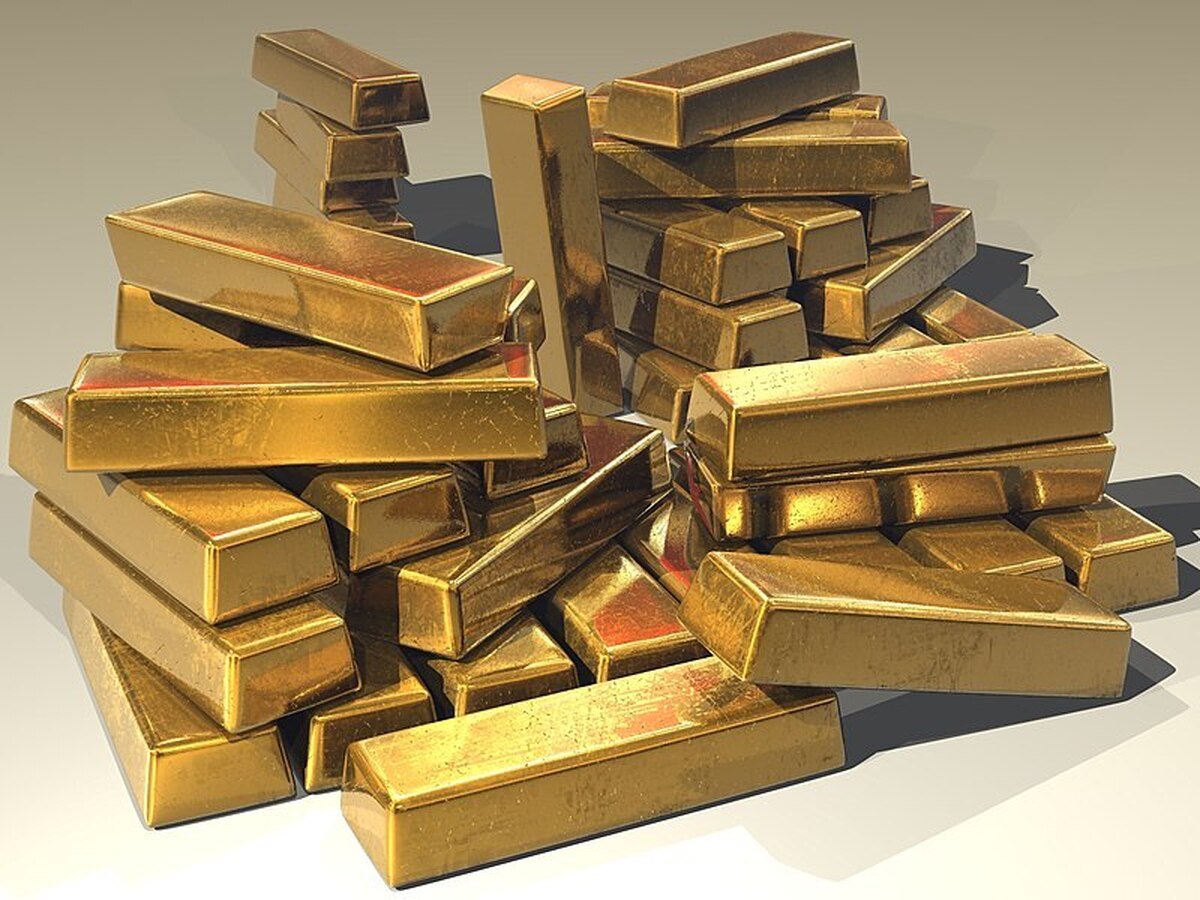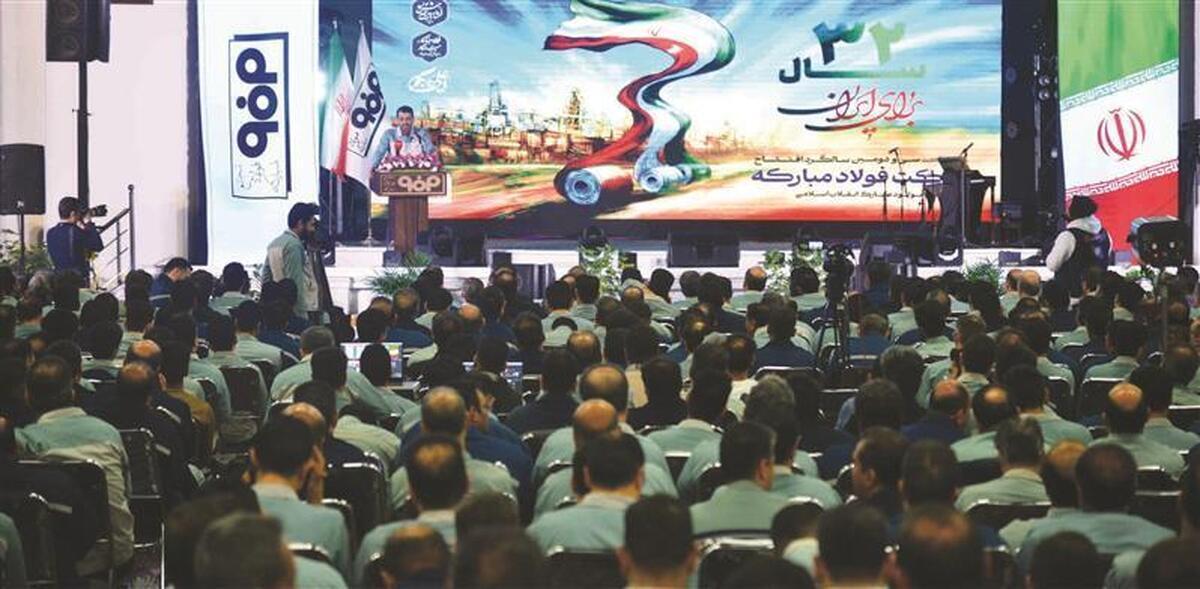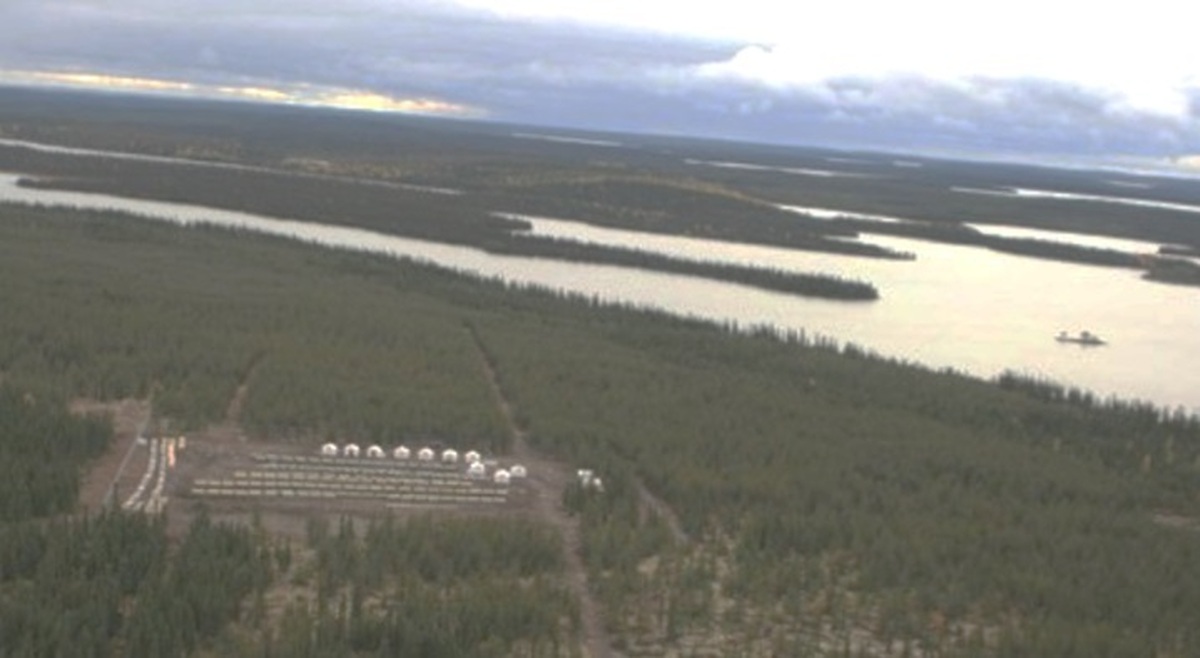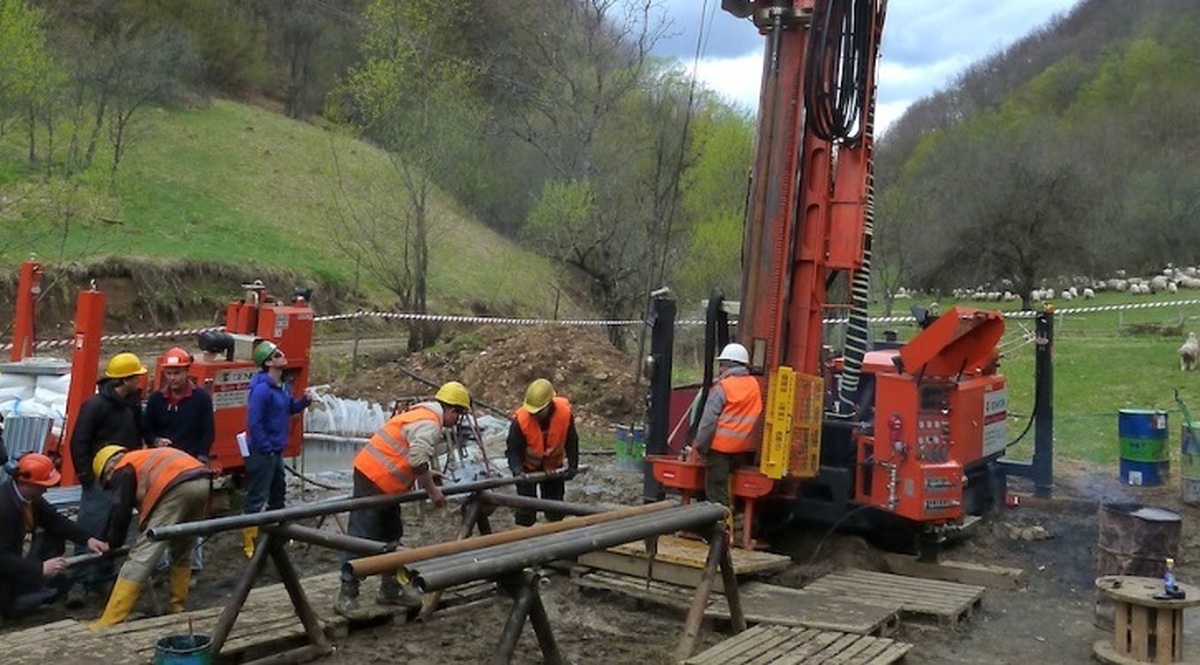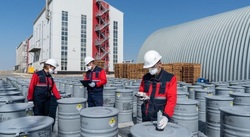
Scientists develop method to detect radioactive materials in gold, copper
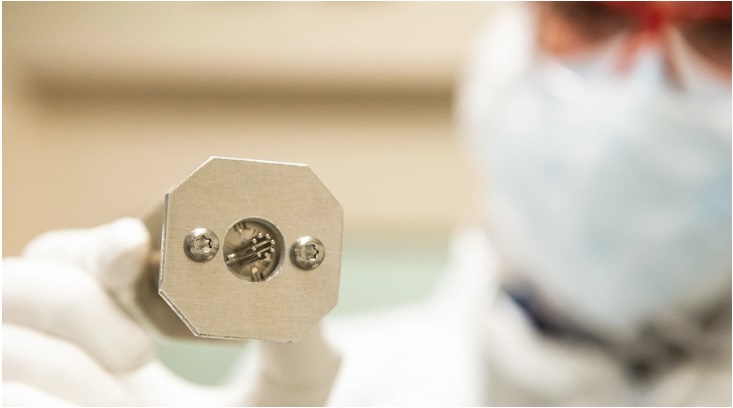
Ultra-trace levels of radioactive materials can wreak havoc on sensitive equipment such as microchips, transistors, sensitive sensors, or instruments searching for evidence of currently undetected particles believed to comprise most of the universe.
In a paper published in the Journal of Analytical Atomic Spectroscopy, the scientists said that low levels of troublesome naturally occurring radioactive elements like uranium and thorium atoms are often tucked among valuable metals like the gold and copper that go into the electrical components of circuits and other electronic instruments. So far, it has been extraordinarily difficult to tease out how much is found in samples of ore mined across the globe.
The innovation can help further hone the chemistry that produces the world’s purest electroformed copper, pictured here. (Image by Andrea Starr, courtesy of the Pacific Northwest National Laboratory.
However, the team led by Khadouja Harouaka, Isaac Arnquist and Greg Eiden found a way to detect the radioactive traces by sending their samples through a series of isolation chambers in a collision cell.
These chambers first filter and then collide the rare atoms with simple oxygen, creating a “tagged” molecule of a unique molecular weight that can then be separated by its size and charge.
The researchers said the effect is like finding a way to tie a helium balloon to each target thorium or uranium atom so that it floats above the sea of gold samples and can be counted with a mass spectrometer.
In other words, in the collision cell chamber, charged atoms of thorium and uranium react with oxygen, increasing their molecular weight and allowing them to separate from other overlapping signals that can disguise their presence.
“It is particularly difficult to measure low levels of thorium and uranium in precious metals like the gold that goes into the electrical components [of the most sensitive detectors in the world],” Harouaka said in a media statement.
“With this new technique, we can overcome that challenge and achieve detection limits as low as 10 parts per trillion in gold.”
Besides helping eliminate unwanted and radioactive intruders in such detectors and things like integrated circuits, the innovation can help further hone the chemistry that produces the world’s purest electroformed copper.
This copper forms a key component of sensitive physics detectors, including those used for international nuclear treaty verification.


Gold price edges up as market awaits Fed minutes, Powell speech

Glencore trader who led ill-fated battery recycling push to exit

Emirates Global Aluminium unit to exit Guinea after mine seized

Iron ore price dips on China blast furnace cuts, US trade restrictions

Roshel, Swebor partner to produce ballistic-grade steel in Canada

Trump weighs using $2 billion in CHIPS Act funding for critical minerals

US hikes steel, aluminum tariffs on imported wind turbines, cranes, railcars

EverMetal launches US-based critical metals recycling platform

Afghanistan says China seeks its participation in Belt and Road Initiative

Energy Fuels soars on Vulcan Elements partnership

Northern Dynasty sticks to proposal in battle to lift Pebble mine veto

Giustra-backed mining firm teams up with informal miners in Colombia

Critical Metals signs agreement to supply rare earth to US government-funded facility

China extends rare earth controls to imported material

Galan Lithium proceeds with $13M financing for Argentina project

Silver price touches $39 as market weighs rate cut outlook

First Quantum drops plan to sell stakes in Zambia copper mines

Ivanhoe advances Kamoa dewatering plan, plans forecasts
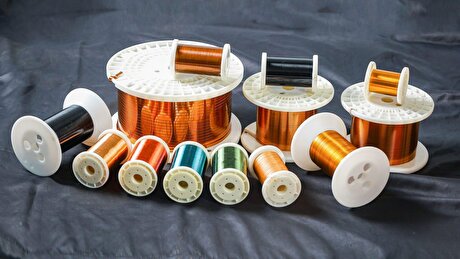
Texas factory gives Chinese copper firm an edge in tariff war

Energy Fuels soars on Vulcan Elements partnership

Northern Dynasty sticks to proposal in battle to lift Pebble mine veto

Giustra-backed mining firm teams up with informal miners in Colombia

Critical Metals signs agreement to supply rare earth to US government-funded facility

China extends rare earth controls to imported material

Galan Lithium proceeds with $13M financing for Argentina project

Silver price touches $39 as market weighs rate cut outlook

First Quantum drops plan to sell stakes in Zambia copper mines

Ivanhoe advances Kamoa dewatering plan, plans forecasts

